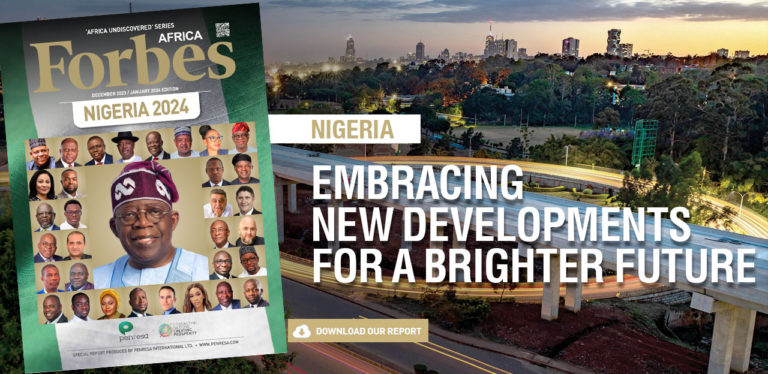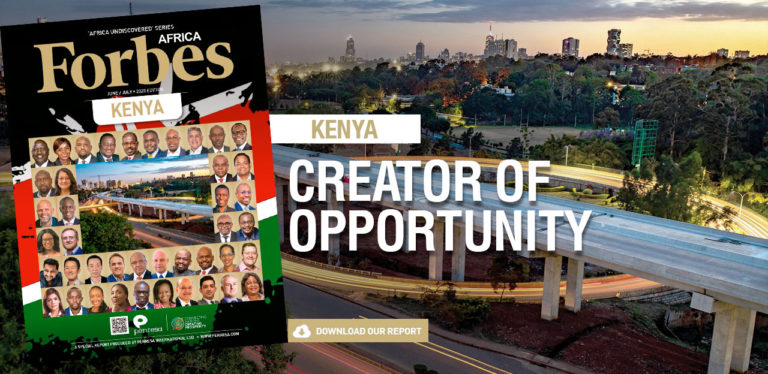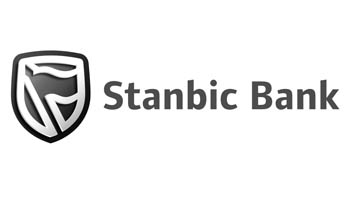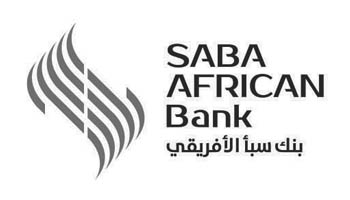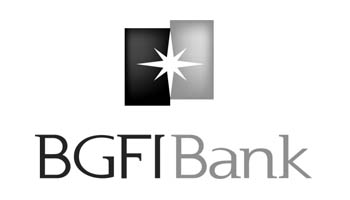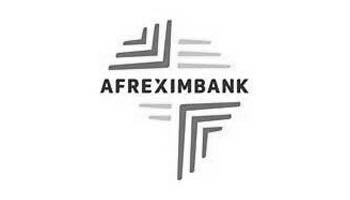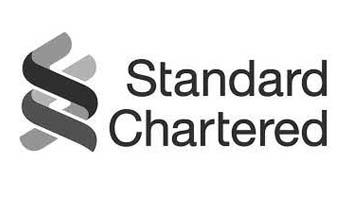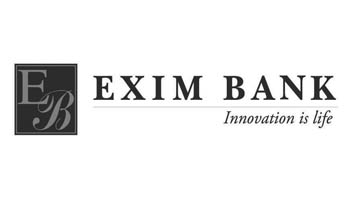Blending mobile technology and agency banking are some of the applications that Zambian financial institutions are implementing to increase financial inclusion and literacy among its people to reduce unemployment, poverty and achieve sustainable economic growth.
A well-capitalised banking sector is key to any country’s competitiveness on the global market. In 2018, Zambia faced some challenges. Liquidity constraints continued during the year, impacted by a decrease in lending rates even though the Bank of Zambia adjusted the Monetary Policy Rate to 9.75% in November 2018, compared to 10.25% the previous year.
The Kwacha was relatively weak but stable in 2018 against major tradable currencies while inflation remained within the target range of 6-8% throughout the year. With challenges come opportunities and Bank of Zambia’s Governor, Dr Denny Kalyalya, advised banks to take advantage of these openings to contribute to the growth of the economy. The biggest opportunity in Zambia for banks is financial inclusion.
The majority of Zambians live in a rural environment, where mobile technology can directly change how they engage with the rest of society. The increasing use of mobile payments delivers a future in which all transactions will take place without any need for brick-and-mortar branches. “When we talk about financial inclusion,” states Financial Sector Deepening Zambia’s (FSDZ) Chief Executive Officer, Betty Wilkinson, “banks should think about potential clients to grow the banking sector.”
Financial literacy is one of the key factors to achieving universal financial inclusion in Zambia. In November 2017, Zambia launched its National Financial Inclusion Strategy 2017- 2022 (NFIS) and Financial Sector Development Policy to strengthen the development of the financial sector as well as reduce the rate of financial exclusion from 60% to 30% by 2022. “We have what we call the Financial Literacy Week throughout the country and that’s one element in terms of improving financial education, so that people are able to make informed decisions,” states Governor Kalyalya.
The government has spoken and the major players in the sectors are all taking action. “From a financial inclusion perspective, we have invested in agency banking,” states Simangolwa Shakalima, Managing Director of Investrust Bank. “As we speak today, we have over 500 agents across the country. That breaks the barriers around the limitations of brick.” Atlas Mara is “rolling out 90 brand-new ATMs, which enable our customers to do more than just take money out,” states their Managing Director James Koni, “It will enable us to have a wider reach than any other bank in this market.” Barclays is “using the digital agenda to reach financial inclusion,” states Managing Director, Mizinga Melu while Zanaco’s Henk Mulder states their bank’s strategy “is to further developments in order to enable a cash-light society.”
Zambia’s government must be commended for consistently taking a leading role in driving this initiative and creating a standard that all stakeholders must live up to. A stronger financial sector and more financially literate people will only help bring Vision 2030 that much closer to reality.


